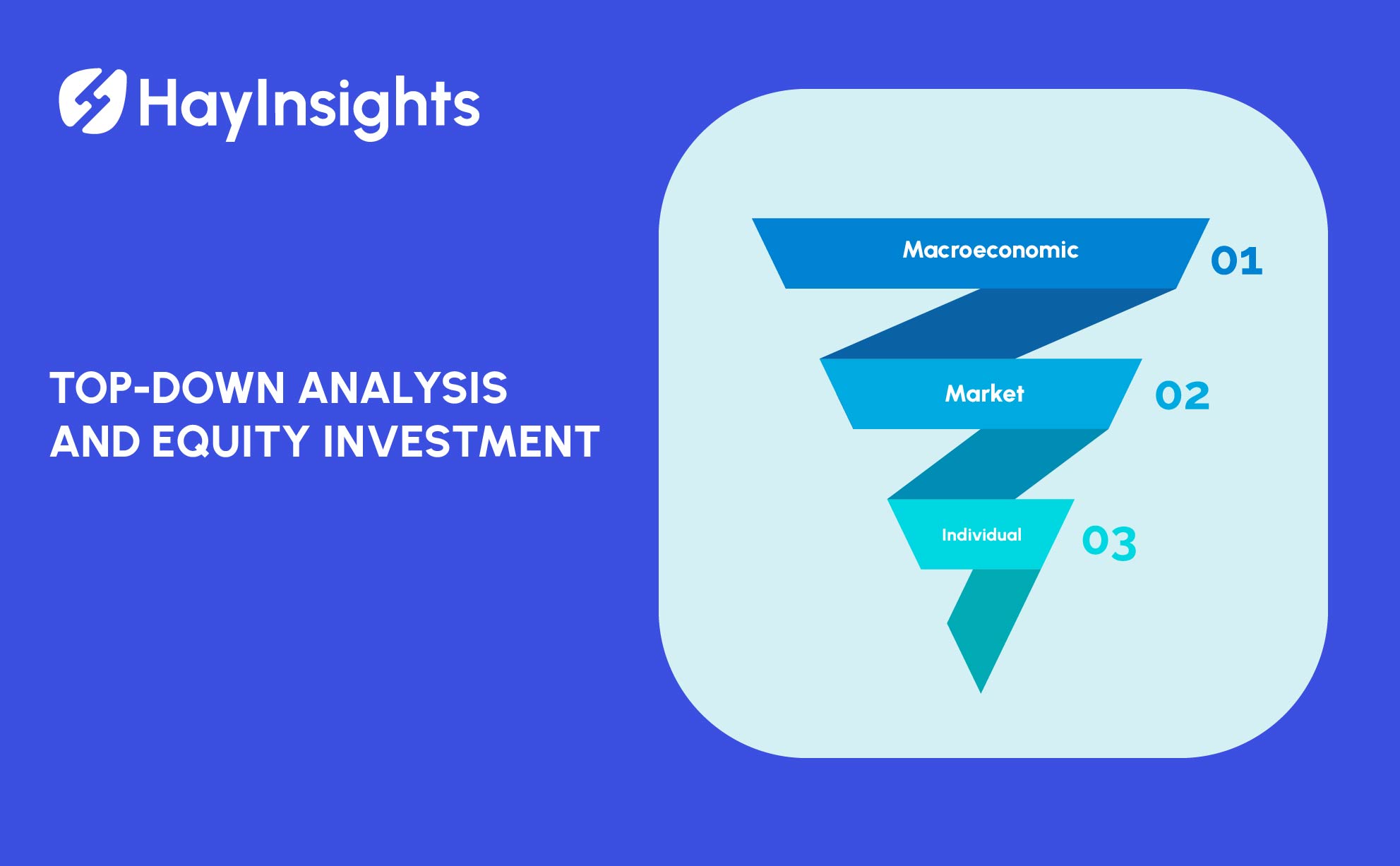
Essential Guide to Japan Life Insurance Policies: Smart Choices for a Secure Future 2025
Life insurance is an essential component of financial planning, and Japan’s insurance market is known for offering a variety of life insurance policies designed to meet different needs. Whether you’re an expatriate living in Japan, a local resident, or planning for the future of your family, Japan life insurance policies provide an important safety net. With a wide range of options, including term life, whole life, and critical illness coverage, understanding the choices available can help you make informed decisions about your financial security.
In this article, we will explore the key types of life insurance policies in Japan, the benefits they offer, and the factors you should consider when selecting the right policy.
Understanding Life Insurance in Japan
Japan’s life insurance market is one of the largest and most mature in the world. The country is known for its aging population, which has led to a significant demand for insurance products that offer both protection and long-term savings solutions. In addition to the traditional policies, Japan also offers insurance designed for expatriates and international residents, making it a favorable market for people from all backgrounds.
Life insurance in Japan typically comes in two broad categories: protection-based policies (which focus on providing financial benefits in the event of death or critical illness) and savings or investment-based policies (which combine protection with a cash-value or investment component).
Types of Japan Life Insurance Policies
There are several types of life insurance policies available in Japan, each serving a different purpose. Understanding the differences between these policies can help you select the most appropriate coverage for you and your family.
1. Term Life Insurance (定期保険, Teiki Hoken)
Term life insurance is one of the simplest and most affordable life insurance policies available in Japan. This policy provides coverage for a fixed period, typically ranging from 10 to 30 years. The policyholder pays regular premiums, and if the insured person passes away during the term, the beneficiaries receive a lump-sum death benefit. However, if the policyholder survives the term, no payout is made.
Advantages:
-
Lower premiums: Term life insurance generally has lower premiums compared to other types of policies.
-
Affordable coverage: Ideal for individuals who need temporary coverage, such as those raising children or paying off a mortgage.
Best for: Individuals who want affordable, temporary coverage during critical years, like while supporting children or paying off loans.
2. Whole Life Insurance (終身保険, Shūshin Hoken)
Whole life insurance offers lifelong coverage and guarantees a payout to beneficiaries upon the insured’s death, regardless of when it occurs. This policy also includes a cash value component, meaning the policy accumulates a cash value over time. This cash value can be borrowed against or used to pay premiums if needed.
Advantages:
-
Lifetime coverage: The policyholder is covered for their entire life.
-
Cash value growth: The cash value component provides a way to save or invest money, which can be used later in life.
Best for: Those looking for permanent coverage with the added benefit of accumulating cash value that can be used for savings or future expenses.
3. Endowment Life Insurance (養老保険, Yōrō Hoken)
Endowment life insurance combines life insurance with a savings or investment plan. In the event of death, the policy will pay a death benefit to the beneficiaries. However, if the policyholder survives the term (which can range from 10 to 30 years), they receive a lump-sum payout that can be used for personal goals, such as education or retirement.
Advantages:
-
Dual benefits: The policy provides both protection and savings benefits.
-
Savings component: The policy can act as a forced savings vehicle, building funds over time.
Best for: Individuals who want both protection and a savings plan for future needs. It is particularly appealing for people saving for specific goals, such as their children’s education or retirement.
4. Critical Illness Insurance (重大疾病保険, Jūdai Jiken Hoken)
Critical illness insurance is a specialized type of policy that provides financial support in the event of serious illnesses like cancer, heart disease, or stroke. If the insured person is diagnosed with a covered illness, the policy provides a lump sum or a series of payments that can be used for medical expenses, lost income, or rehabilitation costs.
Advantages:
-
Focus on critical health: Provides protection specifically against serious health issues that may lead to high medical costs.
-
Flexible payout: The payout can be used for a variety of expenses, including treatment and recovery.
Best for: Those who want financial support in case of a critical illness. This policy can help cover the cost of medical treatments not fully covered by Japan’s National Health Insurance (NHI).
5. Health and Medical Life Insurance (医療保険, Iryō Hoken)
This type of insurance covers medical expenses for hospitalization, surgery, and treatments not fully paid for by Japan’s public healthcare system, NHI. It can also offer extended benefits for long-term care, which is particularly important given Japan’s aging population.
Advantages:
-
Supplementary coverage: It covers medical expenses that may not be included under NHI.
-
Long-term care: This coverage is particularly important as Japan’s elderly population often requires extended medical attention.
Best for: People who want to ensure that they are protected from high out-of-pocket medical expenses and want more comprehensive healthcare coverage than what is provided by NHI.
Choosing the Right Japan Life Insurance Policy
When selecting a life insurance policy in Japan, it’s important to consider several factors to ensure the policy meets your needs. Here are some key considerations to help you make an informed decision:
1. Understand Your Family’s Financial Needs
Before choosing a life insurance policy, assess the financial needs of your family. Consider the following:
-
Income replacement: How much income would your family need if something were to happen to you?
-
Debt obligations: Do you have outstanding debts like a mortgage, car loans, or personal loans?
-
Future expenses: How will you fund your children’s education or your spouse’s retirement?
Understanding these factors will help you determine the amount of coverage needed and the type of policy that fits best.
2. Consider Your Health and Age
Your age and health condition are critical factors in determining the cost of life insurance premiums. Younger individuals typically pay lower premiums, while those with existing health conditions may face higher rates or exclusions from certain types of coverage. It’s a good idea to purchase life insurance early to lock in lower premiums.
3. Evaluate the Type of Coverage
As outlined earlier, different policies serve different purposes. For instance:
-
If you’re looking for affordable, temporary coverage, term life insurance might be the best choice.
-
If you’re interested in both protection and investment, a whole life insurance policy could suit your needs.
-
If your goal is to save for future financial goals, endowment life insurance might be the right choice.
-
For health-focused coverage, consider critical illness or medical insurance.
4. Look for Tax Benefits
Japan’s life insurance system provides tax benefits, including deductions for premiums paid. Make sure to consult with a financial advisor to ensure that your policy is tax-efficient and allows you to take advantage of available deductions.
5. Research Insurer Reputation
Finally, it’s important to choose a reputable insurance company. Look for insurers with a solid track record of customer service, financial stability, and quick claim processing. Japan has many trustworthy life insurance providers, but it’s always wise to compare policies and read customer reviews.
Conclusion
Japan life insurance policies offer a broad array of options that cater to diverse needs, from affordable coverage for young families to investment-linked policies for long-term savings. Whether you are planning for the unexpected or building wealth for the future, there is a policy designed to meet your requirements. By understanding the different types of life insurance available, assessing your family’s needs, and choosing a reputable insurer, you can secure the financial future of your loved ones while enjoying peace of mind.














